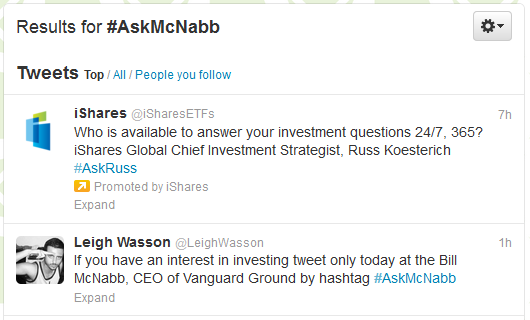Posted by Anu Heda
on Sep 12, 2012,
in
Thoughts
, tagged with
Fidelity,
Natixis
A guy walks into my favorite Manhattan coffee shop and demands an iced espresso with hot milk poured directly into the plastic iced-beverage cup. The cashier, very politely, declines. She says they don’t make a drink like that. As an alternative he can have hot espresso poured into cold milk in a plastic cup.
He smirks and says something unpleasant to her. She asks the barista/manager to help. He comes over and tells him that the cup will melt a bit, also the milk will taste terrible. “We won’t make that,” says the barista.
The patron goes on to throw an adult fit (you know the act – talking to all three baristas at once, saying things under his breath, etc.). Finally he drops the classic line: “why won’t you give the customer what he wants?”
Creating a sense of closure, the manager looks at him and says, “What you’re asking for isn’t safe and it is not a correctly made coffee.”
Observing this interaction made me think about what a customer “wants” versus what is “safe.” There’s a parallel for financial advisors here.
For advisors with a fiduciary duty, they can talk an insistent client down with the “this isn’t a safe investment for you.” But for the remaining advisors with only a suitability requirement, what do they do? It must be a tricky situation. Asset managers could assist.
Asset managers who survey investors could add this topic into the survey. From Natixis to Fidelity (just one of many instances), many asset managers survey investors frequently. Consider questions such as:
- In the last year, have you been talked out of an investment idea? If yes, how so?
- What do you look for in an advisor? Offering an “ability to talk me out of unnecessary risk” as an option.
Insights from these surveys help advisors during those discussions with examples and data they may not have access to. Surveyed effectively, there may be areas to support this topic in the client on-boarding process. Topics like this are rarely covered but may be fertile ground to support online practice management modules and wholesaler support material.








